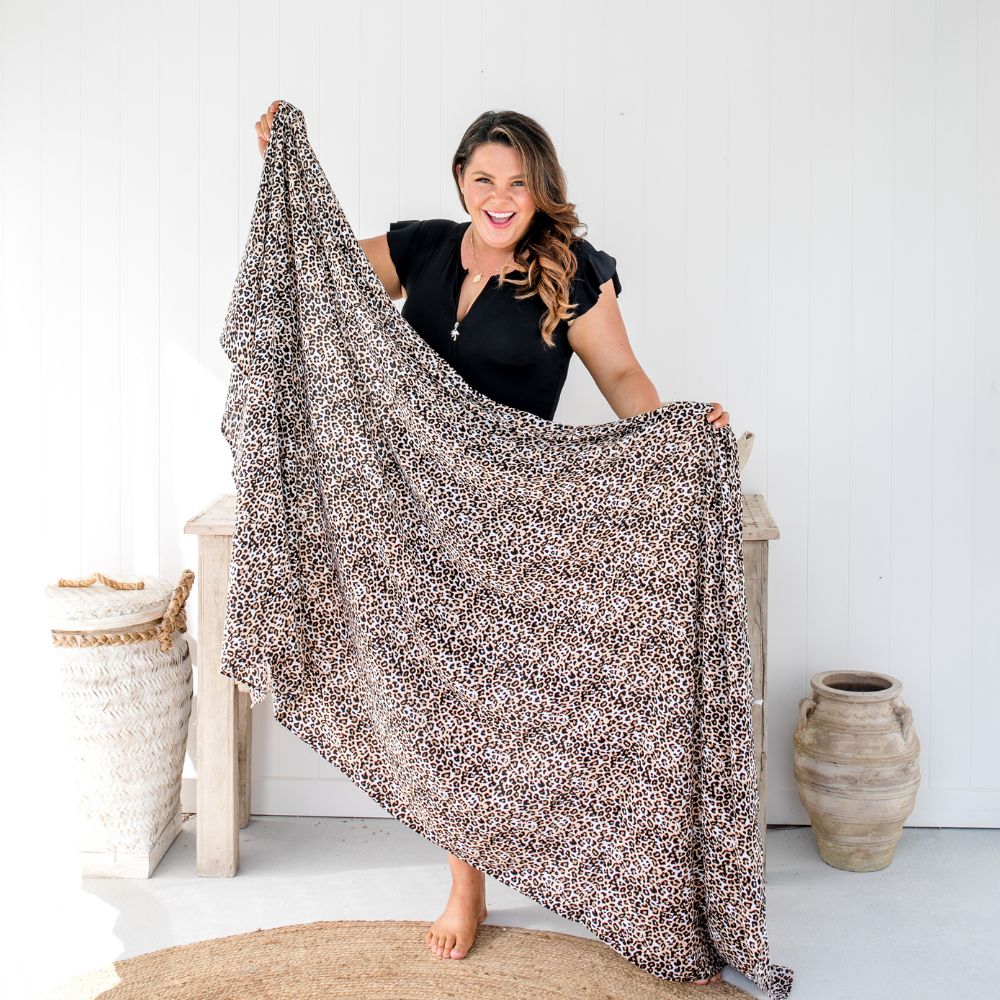Over recent years I've come across the term pareo. Apparently it's another name for a sarong. Who knew!
But curiosity got the better of me and I decided to investigate a little further as to what is the traditional definition of these awesome beach holiday essentials.
So, what is a Sarong?
As we commonly know in Australia, a sarong is a length of fabric around a metre or so. Of course, the fashion industry modifies that definition with trends and we now have sarong wraps which are a lot lot shorter. In the Western world sarongs are worn as beach wear or as a cover up over swimmers.
However, traditionally the humble sarong, which originates from the Malay Archipelago, is worn by men as a kilt or women as a skirt.
Oh and it may be spelt sarung too. So, now I know that's not a spelling mistake :)
So, what is a Pareo?
The pareo is similar in appearance but originates from Tahiti and the Cook Islands. It's still worn typically as a wrap around skirt (it was seen as more important to cover the thighs than the breasts).
In actual fact, the original word is pareu and at one point it was also known as a maro. The Tahitian pareos are bright and colourful. Originally they featured flower patterns such as the hibiscus. Which of course, we now associate with Hawaiian sarongs.
The fabrics used for a sarong or pareo can range from a more sheer effect, which is obviously best suited for over swimmers, right through to a heavy fabric which is traditionally worn as a more formal attire.
Traditional Sarong Wearers
A little more investigation reveals that these awesome garments actually feature as a common clothing item across Sri Lanka, Somalia, India and widespread throughout South East Asia in destinations such as Thailand and Indonesia.
Of course, time has blended the definition and use of sarongs and pareos so that we now even have clothing, such as tops and dresses, made from sarongs.
Shop for your Sarongs and Pareos now


















Leave a comment